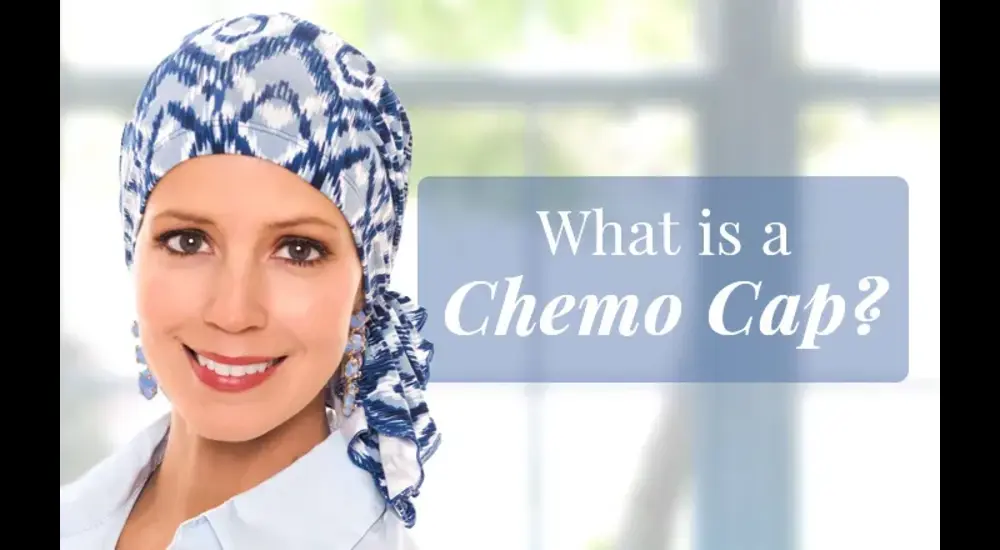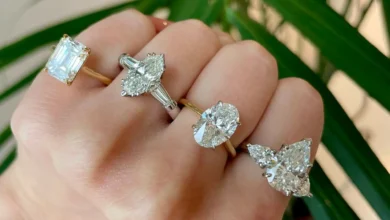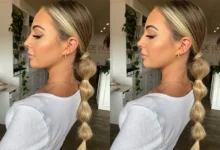Hair loss is a common and often emotionally challenging side effect for individuals undergoing chemotherapy. While losing hair can be a distressing experience, many find solace and confidence in wearing chemo hats. These hats provide warmth and comfort and serve as a fashion statement, allowing individuals to express their style and personality during a difficult time. This article examines the significance of selecting the appropriate chemo cap and offers tips for finding the perfect one to navigate hair loss confidently.
Embracing Comfort and Style with Chemo Hats
Facing hair loss due to chemotherapy can be a daunting experience, impacting one’s self-esteem and sense of identity. However, such caps offer a practical and stylish solution for cancer patients. These caps are designed to provide comfort and coverage for the scalp, offering protection from the elements while allowing wearers to maintain a sense of style. Individuals can confidently navigate hair loss and embrace their journey with grace and dignity by choosing the right one.
Understanding Your Needs
When selecting, it’s essential to consider your specific needs and preferences. Factors such as fabric, fit, and style critically influence the cap’s comfort and suitability; for individuals with sensitive scalps, soft and breathable fabrics like bamboo and cotton are recommended to minimise irritation. Additionally, choosing a cap with a secure yet gentle fit ensures maximum comfort throughout the day. Finally, exploring different styles, from snug beanies to wide-brimmed caps, allows individuals to find the perfect chemo hat that complements their unique style.
Finding the Right Fit
A well-fitting cap provides comfort and boosts confidence during cancer treatment. When trying on caps, it’s essential to consider factors such as head size, shape, and coverage. They are available in various sizes and styles to accommodate different head shapes and preferences. Additionally, some caps feature adjustable straps or elastic bands for a customisable fit, ensuring a snug and secure feel. By finding the right fit, individuals can enjoy optimal comfort and confidence while wearing their chemo cap.
Exploring Style Options
While practicality is essential, they also offer an opportunity to express personal style and individuality. They suit every taste and preference, from vibrant colours and bold patterns to understated designs and classic hues. Some individuals prefer simple and versatile hats that can easily coordinate with different outfits, while others may opt for statement-making hats that reflect their personalities and moods. By exploring the diverse range of styles available, individuals can find chemo caps that provide comfort and allow them to showcase their unique sense of style.
Seeking Support and Community
Choosing the right chemo cap is not just about finding a practical accessory—it’s also about finding support and connection during a challenging time. Many cancer patients find solace in connecting with others undergoing similar experiences through support groups, online communities, or local organisations. These communities offer valuable resources, advice, and encouragement for individuals navigating hair loss and other side effects of cancer treatment. By sharing experiences and supporting one another, one can discover grit and perseverance on their voyage.
Embracing Confidence
Chemo hats are vital in helping individuals navigate hair loss with confidence and dignity during cancer treatment. These hats offer practicality, comfort, and style, allowing wearers to express their personality and individuality while undergoing chemotherapy. Individuals can embrace their journey with grace and confidence by understanding their needs, finding the right fit, exploring style options, and seeking support from community resources. Whether choosing a soft beanie for everyday wear or a stylish turban for special occasions, provide comfort, support, and empowerment to those facing hair loss due to cancer treatment.




